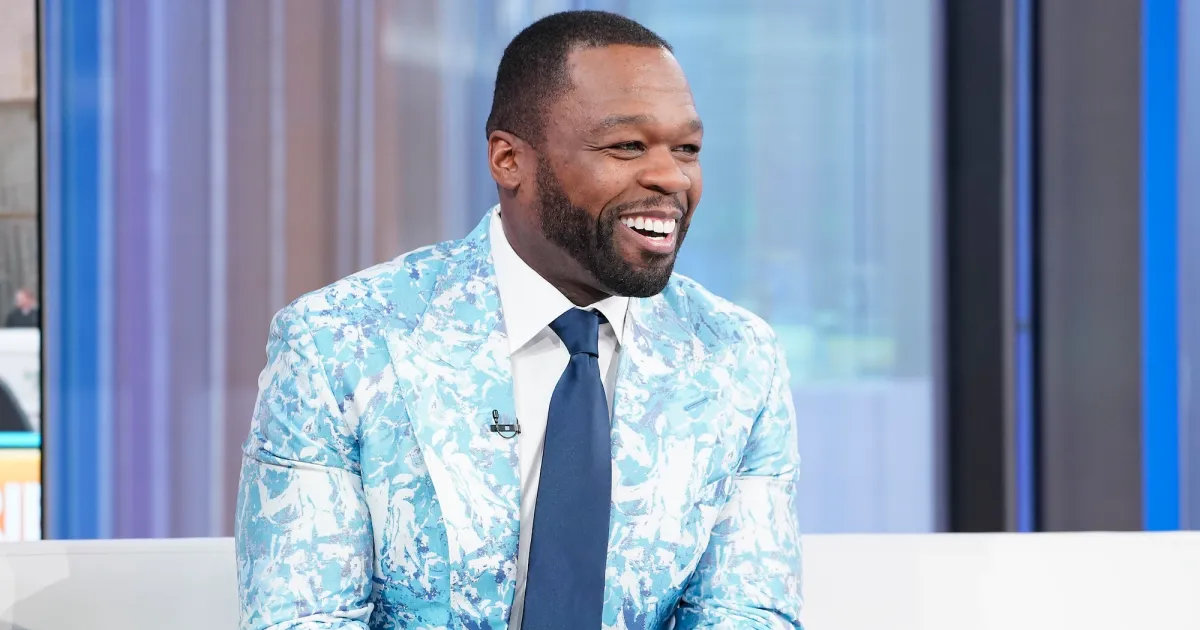Copyright forbes

Last week, I wrote about what leaders can do to create what Margaret Wheatley called isl In leadership, social contracts and organizational trust are built on care, participation, and candor. ands of sanity: microclimates of connection, trust, and meaningful work that offer team members some respite from the chaos and uncertainty around them. It’s a wonderful idea, but perhaps we can aim even higher. What if, rather than a few leaders forming archipelagos of sanity inside organizations, we could lower the sea level and reveal the continents beneath the surface? That’s the hopeful possibility Amy Edmondson captured at a recent dinner: organizational life, she suggested, may be able to offer safe haven amid chaos and uncertainty. For organizations to become true safe havens, they need more than individual leaders who care; they need a shared and durable commitment to connection and trust that runs throughout the system. This doesn’t mean making everyone happy or comfortable all the time. When humans organize, they make a compromise: they agree that their participation in the group will not be contingent upon comfort or happiness so long as they have confidence that the group will serve the interests of its members in the long run. People need to believe that their colleagues and leaders are bound to one another by shared principles and mutual care. In political philosophy, this compromise has a name: the social contract. And in well-functioning societies, like organizations, leaders take seriously their responsibility to steward it. Organizational Trust & the Social Contract The idea isn't new. Political philosophers from Hobbes to Locke to Rousseau explored how societies hold together, with members willingly ceding some individual power in exchange for the benefits of membership. The social contract holds when members trust the actions and intentions of those wielding institutional power. As trust breaks down, the social contract breaks down and individuals withdraw their consent. At a sufficient scale, this leads to collapse. MORE FOR YOU Inside organizations, the same dynamic applies. For a social contract to hold, people must believe decisions inside the organization are made in good faith and guided by its operating principles. This is particularly challenging in times of great disruption, when uncertainty runs high and commitments are pressure-tested. As discussed in last week’s article, this can easily lead to defensive organizing, wherein an organization’s decisions are guided by its anxiety instead of its strategy and values. Leaders who steward the social contract take seriously three enduring responsibilities: Care: The responsibility to keep people safe Physically, psychologically, professionally. As I've written previously, this calls on leaders to be what organizational psychology researchers Gianpiero and Jennifer Petriglieri refer to as "psychologically present." Leaders who are present ‘orient their behavior towards others and the task at hand’ rather than what unchecked emotions might orient them towards. They ground people in purpose and values when everything else feels chaotic; they contain anxiety without dismissing it. Safety isn't comfort. It's regulation. Participation: The responsibility to ensure voices shape shared purpose Belonging isn't a feeling; it's a function of participation. Without genuine involvement, commitment fades. People need to be contributing to the organization's story, not just executing someone else's plan. This again aligns with the Petriglieris’ description of leadership presence, which invites different voices to shape an organization’s identity and future. Candor: The responsibility to represent truth in motion People don’t expect full transparency; they expect they won’t be lied to. When truth stalls, systems fill with speculation and cynicism. Candor keeps the gap between what we claim and what we do from growing too wide. These aren't philosophical abstractions. They are the building blocks of effective cooperation. Sustaining the social contract and fending off defensive organizing demands that leaders help regulate the emotions running through the culture. This is described in organizational and human psychology as holding, or “the way another person, often an authority figure, contains and interprets what’s happening in times of uncertainty.” Practices to Rebuild Organizational Trust A social contract can’t be sustained on platitudes. Its strength comes from a deeply held confidence that an organization takes the responsibilities above seriously. That confidence can only be created by consistent leadership habits, aligned and reinforced throughout the organization. Here are a few to prioritize: Convene spaces for dialogue, don't impose narratives As uncertainty rises, organizations often rush to produce a story — messaging that promises stability but closes conversation. Leaders who steward the social contract create regular moments of stillness reserved for examining narratives and seeking meaning. These containers are protected spaces in which participants can safely sit in discomfort, hold boundaries, and navigate complexity and contradiction. These moments of stillness give people a moment to catch their breath and contribute a new element — meaning-making — to the rhythm of planning, producing, learning, and reflecting. Tend to connection through small acts of maintenance There’s ongoing conversation between what we do, who we are, and why we are here. At the intersection of all three is how we connect. When human connection breaks down in an organization, identity and purpose come untethered, as well. The culture tilts towards fear of scrutiny. People prioritize performative competence and self-protection. The system inadvertently rewards hoarding credit and deflecting responsibility instead of learning together. Connected people have the strength and flexibility to hold themselves, one another, and their institutions to account. Stewards look for opportunities to build those social bonds. Sometimes that means noticing who’s withdrawn from a conversation, facilitating reflection and repair after conflict, or naming what others hesitate to say. Connection is the infrastructure of accountability. When people stay linked through honesty and care, the organization can absorb pressure without losing integrity. Create rituals and reflective space that make values visible Belonging isn’t declared; it’s built through participation. Culture isn’t shaped by mission statements; it’s shaped by patterns of signals and incentives. MIT's Edgar Schein called these "primary embedding mechanisms." Who gets asked for input? Whose effort is acknowledged? What behaviors are rewarded? The answers to these questions say more than a culture memo ever could. Stewards make those patterns explicit. They pause to ask, “What are we communicating through the way we work?” and, “Whose perspective would deepen this?” When those questions become part of the rhythm of work, belonging stops being an initiative and starts becoming a reflex. Simple, steady rituals — opening meetings with check-ins, ending them with appreciations, inviting new or cross-functional voices into decisions — make inclusion visible and habitual. Built this way, belonging becomes self-reinforcing. It renews itself through the way people show up for one another, day after day. Committed but Not Captive Recently, Gianpiero Petriglieri has made a provocative call to think of leadership as an act of love; not as sentiment but as courageous commitment to a relationship. "It's a relationship in which we feel safer and freer than we would on our own," he explains. "More precisely—a relationship in which we feel committed but not captive." Jennifer Garvey Berger carries the idea into practice. Love, she argues on a recent webinar, is a choice to orient oneself toward curiosity, communion, and care, even under pressure. When leaders center generosity and connection, bonds grow stronger and more flexible, discomfort turns productive, and excellence emerges. In other words, love transforms the system. This sounds like the safe haven Edmondson described over dinner. When people feel both committed and free, both protected and challenged, that's when organizations become places where meaningful work happens — even when the world outside feels chaotic. Leadership’s task isn’t to deliver certainty. It’s to steward the fragile agreements that allow people to work together when everything feels unstable. Tending to care, participation, and candor can transform organizations from anxiety-producing machines into genuine safe havens. Not because they eliminate risk, but because they make it safe to face uncertainty together. Perhaps then we can begin to rebuild organizational trust in an age of institutional decay. Editorial StandardsReprints & Permissions



